欢迎访问宝典图库网站!


新闻资讯
超声波清洗机在提升钣金件作用
作者:admin来源:/时间:2023-09-28
高效清洗: 超声波清洗机利用超声波的高频振动,可以在微观层面对钣金件进行高效清洗。即使是微小的凹陷、裂缝等表面特征,也可以得到有效清洗。
Efficient cleaning: Ultrasonic cleaning machines utilize the high-frequency vibration of ultrasound to efficiently clean sheet metal parts at the micro level. Even small surface features such as dents and cracks can be effectively cleaned.
不损伤表面: 与传统的机械清洗方式相比,超声波清洗机不会引起钣金件表面的机械划伤或磨损,可以保持工件表面的完整性和平滑度。
Non damaging surface: Compared with traditional mechanical cleaning methods, ultrasonic cleaning machines do not cause mechanical scratches or wear on the surface of sheet metal parts, and can maintain the integrity and smoothness of the workpiece surface.
液体能力强大: 超声波清洗机的清洗液具有强大的清洗能力,可以迅速溶解并清除附着在钣金件表面的各种污垢、油脂、锈迹等。
Strong liquid ability: The cleaning fluid of the ultrasonic cleaning machine has strong cleaning ability, which can quickly dissolve and remove various dirt, grease, rust, etc. attached to the surface of sheet metal parts.
全面覆盖: 由于超声波的传播具有全向性,可以在清洗槽内的任何角落都能达到均匀的清洗效果,保证钣金件的整体清洗。
Comprehensive coverage: Due to the omnidirectional nature of ultrasonic propagation, uniform cleaning effect can be achieved in any corner of the cleaning tank, ensuring the overall cleaning of sheet metal parts.
接下来,让我们详细探讨超声波清洗机在清洗钣金件方面的应用:
Next, let's explore in detail the application of ultrasonic cleaning machines in cleaning sheet metal parts:
工艺流程规划: 在清洗钣金件前,需要合理规划清洗工艺流程。首先,确定清洗液的种类和浓度,然后设置超声波清洗机的参数,如清洗时间、温度等,以保证清洗效果。
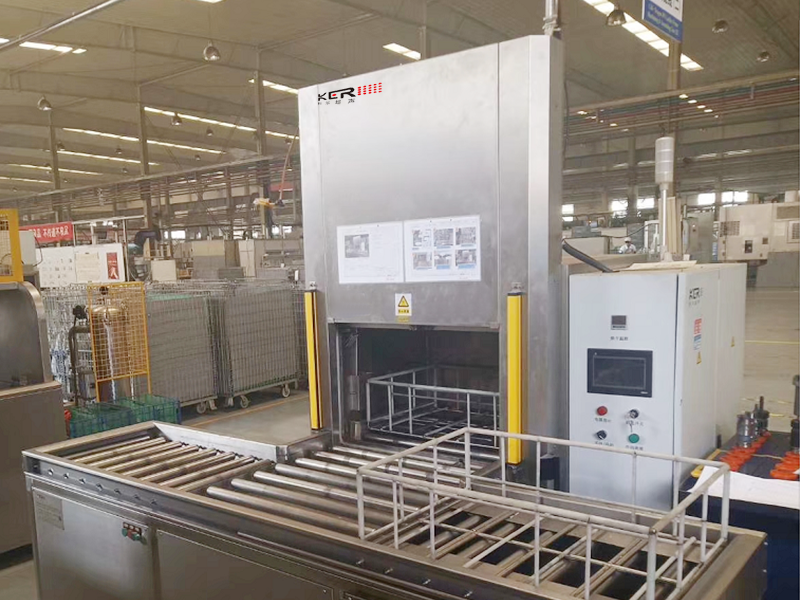

Process planning: Before cleaning sheet metal parts, it is necessary to plan the cleaning process reasonably. Firstly, determine the type and concentration of cleaning solution, and then set the parameters of the ultrasonic cleaning machine, such as cleaning time, temperature, etc., to ensure the cleaning effect.
清洗液的选择: 清洗液的种类对清洗效果至关重要。根据钣金件的材质和表面特性,选择适合的清洗液,以确保清洗的彻底和安全。
Selection of cleaning solution: The type of cleaning solution is crucial for the cleaning effect. Select a suitable cleaning solution based on the material and surface characteristics of the sheet metal parts to ensure thorough and safe cleaning.
预处理: 在进行超声波清洗之前,通常会进行预处理,如去除大颗粒的异物、使用溶剂清洗等,以提高超声波清洗的效率。
Pre treatment: Before ultrasonic cleaning, pre-treatment is usually carried out, such as removing large foreign particles, using solvents for cleaning, etc., to improve the efficiency of ultrasonic cleaning.
清洗过程监控: 在清洗过程中,需要对超声波清洗机的工作状态进行监控,确保清洗液的浓度、温度等参数在合适范围内,以保证清洗效果。
Cleaning process monitoring: During the cleaning process, it is necessary to monitor the working status of the ultrasonic cleaning machine to ensure that the concentration, temperature, and other parameters of the cleaning solution are within the appropriate range to ensure the cleaning effect.
排放处理: 清洗过程中会产生一定量的废水,需要进行合理的处理,以避免对环境造成污染。
Discharge treatment: A certain amount of wastewater will be generated during the cleaning process, which requires reasonable treatment to avoid environmental pollution.
后,让我们总结一下超声波清洗机对清洗钣金件的优势和意义:
Finally, let's summarize the advantages and significance of ultrasonic cleaning machines for cleaning sheet metal parts:
提升外观质感: 超声波清洗机可以高效地清洗钣金件表面的污垢和油脂,使其恢复金属原有的光洁度和质感,提升产品的外观品质。
Improving appearance quality: Ultrasonic cleaning machines can efficiently clean the dirt and grease on the surface of sheet metal parts, restoring their original smoothness and texture, and improving the appearance quality of products.
增强耐腐蚀性: 清洗后的钣金件表面干净无污垢,降低了锈蚀的可能性,提升了产品的耐腐蚀性能。
Enhanced corrosion resistance: The cleaned sheet metal surface is clean and free of dirt, reducing the possibility of corrosion and improving the corrosion resistance of the product.
节能环保: 超声波清洗机相比传统的清洗方式,更加节能环保,减少了化学清洗剂的使用,降低了清洗过程对环境的影响。
Energy saving and environmental protection: Compared to traditional cleaning methods, ultrasonic cleaning machines are more energy-efficient and environmentally friendly, reducing the use of chemical cleaning agents and reducing the impact of the cleaning process on the environment.
总的来说,超声波清洗机在清洗钣金件方面具有显著的优势,可以有效地提升产品的质量和性能,为制造业的发展做出了积极的贡献。
Overall, ultrasonic cleaning machines have significant advantages in cleaning sheet metal parts, effectively improving product quality and performance, and making positive contributions to the development of the manufacturing industry.
 公司:宝典图库
公司:宝典图库  热线:18663767799
热线:18663767799 地址:山东省济南市济阳区创业路与启航街交叉口南40米
地址:山东省济南市济阳区创业路与启航街交叉口南40米




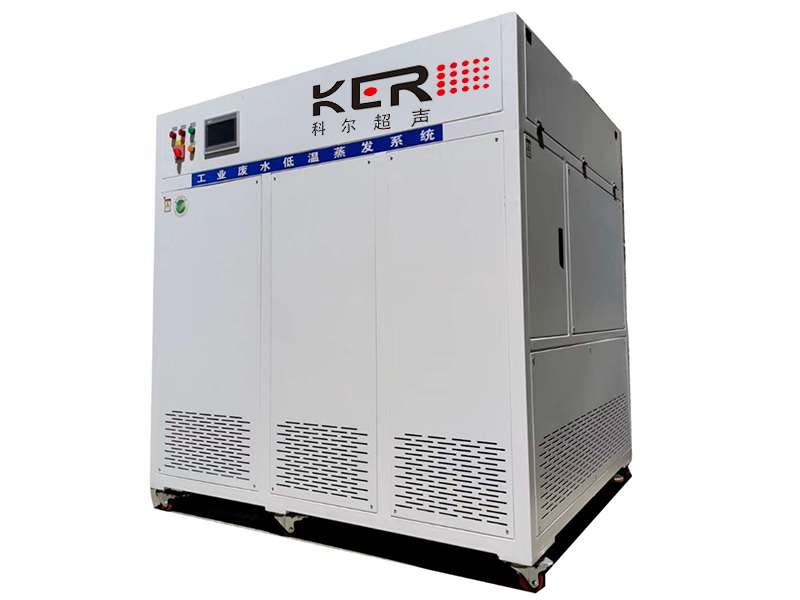
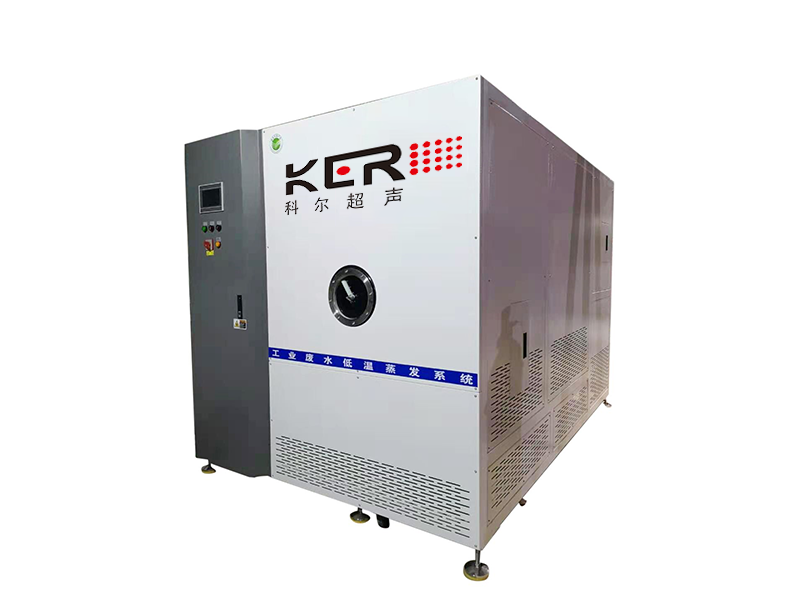
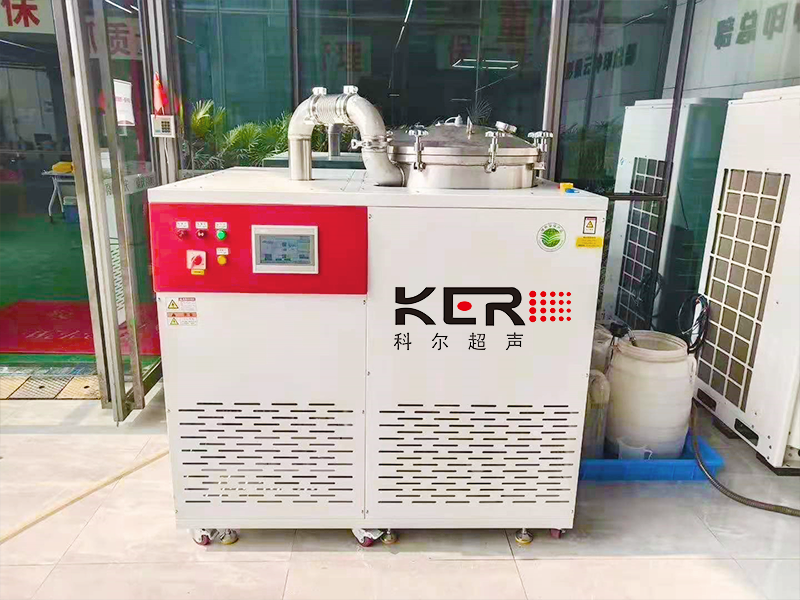

 新闻资讯
新闻资讯
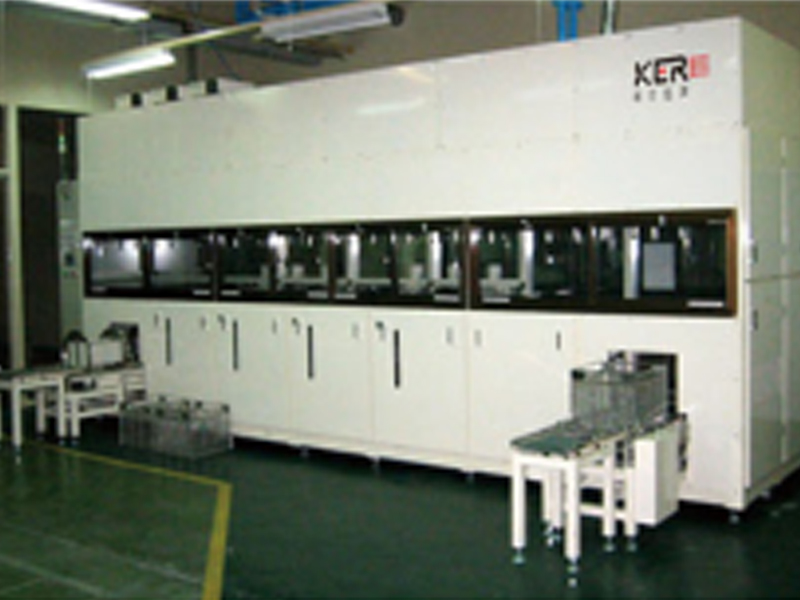
 联系我们
联系我们
 咨询电话:18663767799
咨询电话:18663767799 E-MAIL:
E-MAIL: 地址:山东省济南市济阳区创业路与启航街交叉口南40米
地址:山东省济南市济阳区创业路与启航街交叉口南40米 鲁公网安备 37011202001385号
鲁公网安备 37011202001385号
